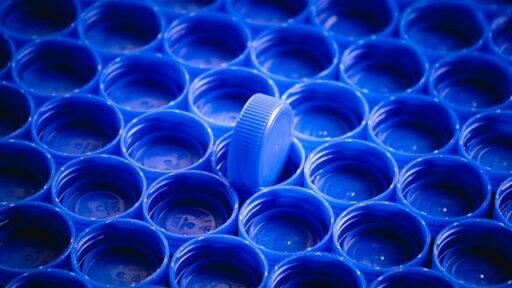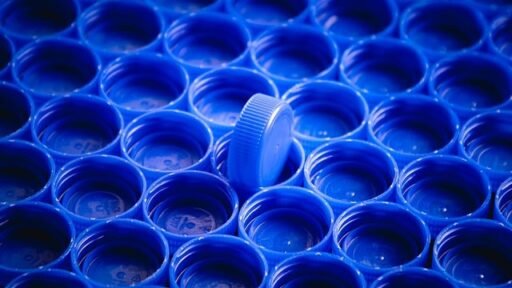## The Future is Green: Exploring the Potential of Bioplastics
We live in a world dominated by plastic. From the smartphones in our pockets to the packaging on our food, it’s a material woven into the fabric of our daily lives. However, this convenience comes at a cost. Traditional plastics, derived from fossil fuels, are choking our landfills and oceans, taking hundreds of years to decompose. This alarming reality has sparked a global search for sustainable alternatives, leading us to the promising world of bioplastics.
### ## What are Bioplastics?
Unlike their conventional counterparts, bioplastics offer a glimmer of hope for a greener future. These innovative materials are derived from renewable biomass sources, such as corn starch, sugarcane, vegetable oils, and even algae. This fundamental difference in origin is what sets bioplastics apart, offering a compelling solution to the plastic pollution crisis.
### ## The Allure of Biodegradability
One of the most significant advantages of bioplastics lies in their biodegradability. Unlike traditional plastics that linger in the environment for centuries, many bioplastics can decompose naturally in a matter of months. This crucial difference holds immense potential for reducing plastic waste and its detrimental impact on ecosystems. Imagine a world where plastic packaging simply returns to the earth, nourishing the soil instead of polluting it. This vision is what fuels the growing interest in bioplastics.
### ### Types of Bioplastics: A Diverse Landscape
The world of bioplastics is surprisingly diverse, encompassing a range of materials with varying properties and applications.
#### #### Bio-based and Biodegradable: PLA and PHA
Some bioplastics are both bio-based, meaning they are made from renewable resources, and biodegradable, meaning they can decompose naturally. Polylactic acid (PLA), a common bioplastic, exemplifies this category. Used in everything from food containers to 3D printing filaments, PLA is derived from plant starch and can decompose in industrial composting facilities.
Similarly, polyhydroxyalkanoates (PHAs), another group of bioplastics, are gaining traction for their versatility and ability to biodegrade in various environments, including marine environments. This characteristic makes PHAs particularly promising for tackling the growing problem of plastic pollution in our oceans.
#### #### Bio-based but not Biodegradable: Bio-PE and Bio-PET
However, not






